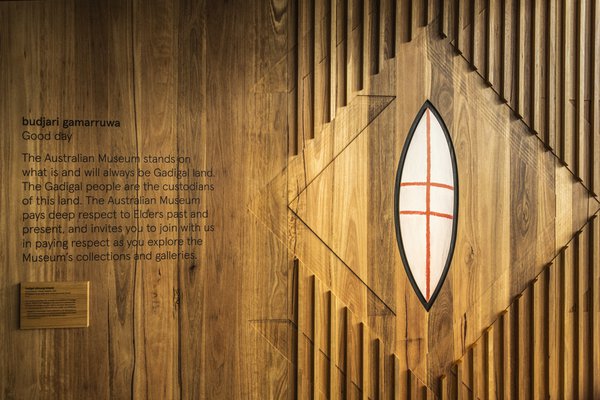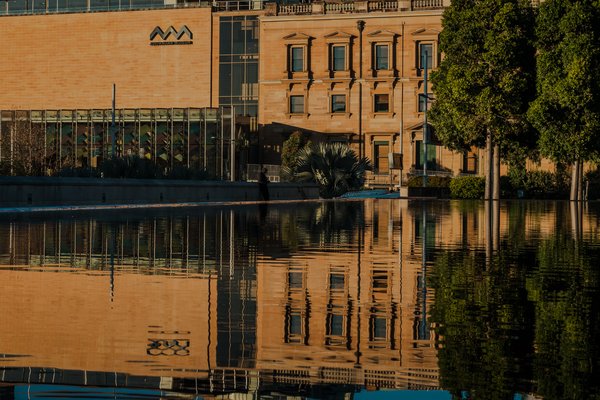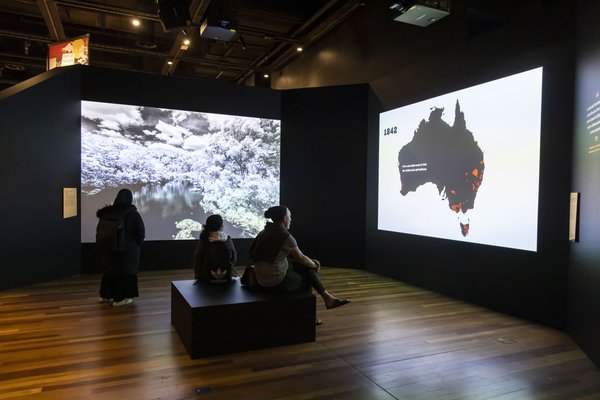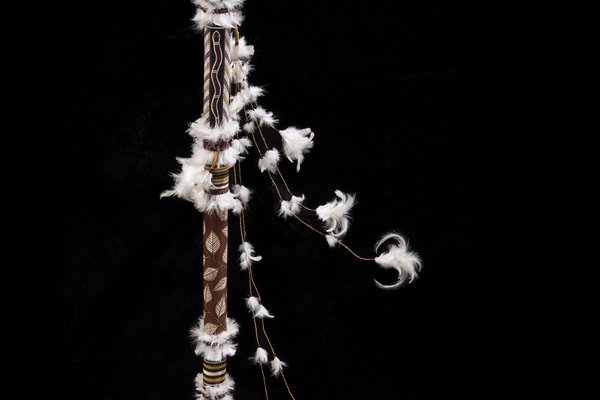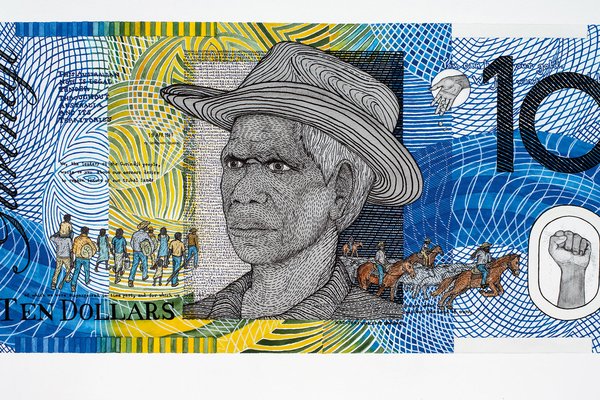Unsettled: History-focus unit

-
Audience
Secondary school -
Learning stage
Stage 4, Stage 5 -
Learning area
First Nations, History -
Type
Learning unit, Learning resources
On this page...
The development of these education resources was funded by an anonymous donation through the Australian Museum Foundation.
Australia’s foundation story is more than the voyage of James Cook or the arrival of the First Fleet. It is a story about the seizure of land from First Nations peoples, denial of Indigenous sovereignty, devastating frontier wars, and separation from families and homelands.
We live in the legacy of this history. This has privileged many but has left others disadvantaged. Recognising and understanding this shared past is an important step of our journey towards a better shared future. This can only be done if we discuss this nation’s history truthfully and listen to First Nations voices which have been absent from Australia’s foundation narratives.
Unsettled uncovers the untold histories behind this nation’s foundation story. In this powerful exhibition, First Nations voices reveal the hidden stories of devastation, survival and the fight for recognition. These first-hand accounts are presented through long hidden historical documents, large-scale artworks, immersive experiences and never-before-seen objects from the Australian Museum collections and beyond.
Unsettled features over 190 objects and images throughout eight thematic sections: Introduction, Signal Fires, Recognising Invasions, Fighting Wars, Remembering Massacres, Surviving Genocide, Continued Resistance, and Healing Nations. These objects and images include Australian Museum collection items, commissions, acquisitions, and loans.
Through this unit, students will:
- examine their understanding of Australia's foundational history and discuss what they know about First Nations perspectives on this history.
- analyse primary and secondary sources and evaluate their usefulness and reliability.
- discuss reasons for change and continuity since James Cook's voyage, using the stories, artworks and objects from the Unsettled exhibition.
- assess the significance attributed to certain events, individuals and developments in Australia's foundational history.
NSW syllabus outcomes
HT4-1, HT4-3, HT4-4, HT4-5, HT4-6, HT4-7; HT5-1, HT5-3, HT5-4, HT5-5, HT5-6, HT5-7.
-
Before your visit
-
Acknowledgement of Country
![Gadigal Shield and Statement of Reflection]()
Learn about the importance of an Acknowledgement of Country, and write one for your school.
-
Defining 'unsettled'
![Unsettled - development use]()
This word can have many meanings, depending on who uses it and when it is used.
-
Investigating objects
![Manly mogo (Stone Axe) 1836]()
Access and download our classroom activity to engage with some of the objects from the exhibition.
-
Who defines Australia's foundational history?
![Storyboat Installation from Unsettled exhibition]()
What do your students think they know in reference to First Nations perspectives on invasion, settlement, dispossession, resistance and healing?
-
Analysing sources
![Dhari 1907]()
Primary and secondary sources provide evidence that historians can use to investigate and interpret the past.
-
-
At the Museum
-
Book a free self-led visit
![Exterior of Australian Museum building]()
Book in a self-led visit to the Museum for your school, and use our downloadable learning resources designed to engage students in our collections and exhibitions.
-
See our exhibitions online
![Virtual tour of Australian Museum's Unsettled exhibition]()
Exhibition over? Don't worry, you can access our digital resource to dive into all the exhibition's specimens, objects and stories.
-
-
After your visit
-
Reflect with responsibility
![Unsettled exhibition]()
Ask your class to reflect on the histories, sources and stories that they learned about during the visit to Unsettled.
-
First astronomers
![Morning Star Pole by Terry Dhurritjini Yumbulul (warramiri people)]()
First Nations peoples were the first astronomers; astronomical observations were used as navigation tools, calendars and seasonal indicators.
-
Perspectives in history
![Cook Falling, Tear it Down]()
How does perspective change our understanding of the past?
-
Dig deeper
![Vincent Lingiari am (1919-1988) Blood Money – Ten Dollar Note]()
How might we look to our past to inform our future?
-

